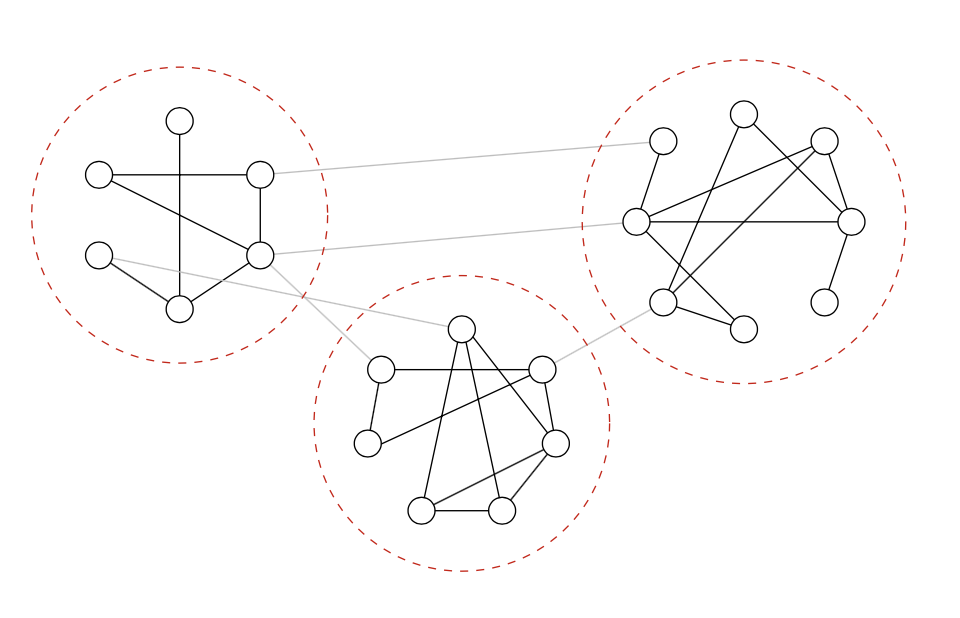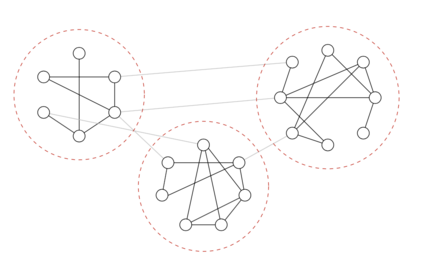Anonymous social networks present a number of new and challenging problems for existing Social Network Analysis techniques. Traditionally, existing methods for analysing graph structure, such as community detection, required global knowledge of the graph structure. That implies that a centralised entity must be given access to the edge list of each node in the graph. This is impossible for anonymous social networks and other settings where privacy is valued by its participants. In addition, using their graph structure inputs for learning tasks defeats the purpose of anonymity. In this work, we hypothesise that one can re-purpose the use of the HyperANF a.k.a HyperBall algorithm -- intended for approximate diameter estimation -- to the task of privacy-preserving community detection for friend recommending systems that learn from an anonymous representation of the social network graph structure with limited privacy impact. This is possible because the core data structure maintained by HyperBall is a HyperLogLog with a counter of the number of reachable neighbours from a given node. Exchanging this data structure in future decentralised learning deployments gives away no information about the neighbours of the node and therefore does preserve the privacy of the graph structure.
翻译:匿名社交网络为现有的社会网络分析技术带来了一些新的和具有挑战性的问题。传统上,分析图表结构的现有方法,如社区探测,需要全球对图形结构的了解。这意味着中央实体必须能够访问图形中每个节点的边缘清单。对于匿名社交网络和参与者重视隐私的其他环境来说,这是不可能做到的。此外,使用其图形结构投入进行学习工作,不符合匿名的目的。在这项工作中,我们假设,人们可以重新使用超亚纳弗 a.k.a Heperball算法 -- -- 用于近似直径估计 -- -- 来维护隐私社区检测,以便朋友建议从匿名的社交网络图形结构中学习、对隐私影响有限的系统。这是可能的,因为超巴利维护的核心数据结构是超升LogLog,与某个节点的可接触邻居数量相对。在将来的分散学习部署中改变这一数据结构,不会透露节点邻居的任何信息,因此确实维护了图表结构的隐私。




